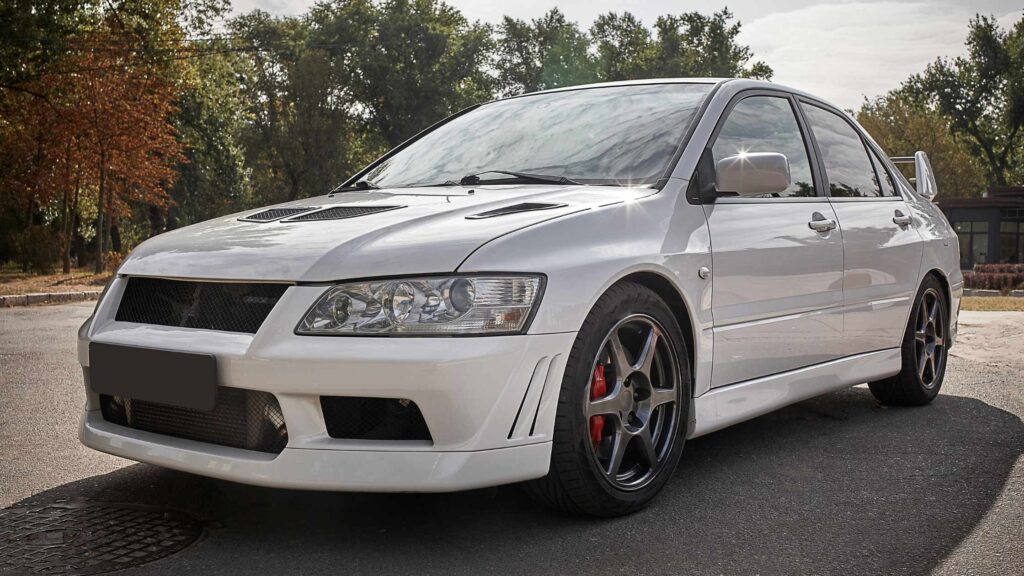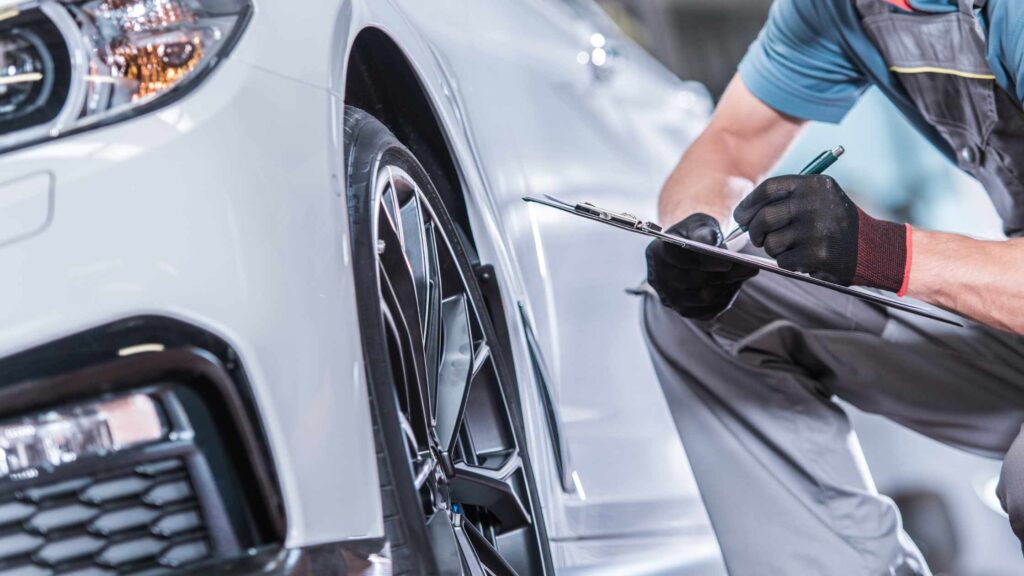Introduction
When it comes to buying a car, one of the biggest decisions you’ll have to make is whether to go for a new or used vehicle. Each option has its own set of advantages and disadvantages, and understanding them can help you make an informed decision. In this guide, we’ll explore the pros and cons of both new and used cars, so you can determine which one is the right choice for you.
The Advantages of Buying a New Car
Warranty Coverage and Reliability
One of the major benefits of buying a new car is the warranty coverage that typically comes with it. Most new vehicles offer comprehensive warranty packages that can provide peace of mind for several years. With a new car, you can expect minimal mechanical issues and the reassurance that any problems will be fixed by the manufacturer at no additional cost.
Latest Features and Technologies
New cars often come equipped with the latest features and technologies. From advanced safety systems to infotainment options, buying a new car allows you to enjoy the cutting-edge features that automotive manufacturers have to offer. If having the newest technology is important to you, then a new car is the way to go.
Customization Options
When buying a new car, you have the freedom to choose the exact specifications you want. From the exterior color to the interior upholstery and optional extras, you can customize your new car to suit your preferences. This level of personalization ensures you get a vehicle that fits your style and needs perfectly.
The Advantages of Buying a Used Car
Lower Price
The most obvious advantage of buying a used car is the lower price tag. Used cars are generally less expensive than new ones, making them more affordable for many buyers. By opting for a used car, you can often get a higher-end model or a vehicle with additional features that may have been out of reach if you were buying new.
Less Depreciation
New cars experience a significant amount of depreciation in their first few years. By purchasing a used car, you can avoid this initial drop in value. A used car has already gone through its steepest decline in depreciation, allowing you to potentially sell it later on with minimal loss in value.
Lower Insurance Premiums
Insurance premiums are typically lower for used cars compared to their brand new counterparts. The value of a used car is lower, which results in lower insurance costs. Additionally, used cars tend to have lower registration fees and taxes, which can save you even more money.
Factors to Consider
Budget
Your budget plays a crucial role in determining whether you should buy a new or used car. Evaluate your financial situation and determine how much you are comfortable spending. If budget is a primary concern, a used car may be the better choice.
Long-Term Plans
Consider your long-term plans when deciding between a new and used car. If you intend to keep the vehicle for a long time, a new car may provide better long-term reliability and warranty coverage. However, if you’re looking for a temporary solution or plan to upgrade in a few years, a used car may be more cost-effective.
Maintenance and Repairs
New cars generally require less maintenance and repairs in the first few years, as they come with warranties and have fewer miles on the odometer. Used cars, on the other hand, may require more frequent maintenance and repairs, depending on their age and condition. Factor in the potential costs of maintenance and repairs when making your decision.
Conclusion
In the debate between new and used cars, there is no definitive answer. Both options have their own merits, and the right choice ultimately depends on your specific circumstances and preferences. Consider the advantages and disadvantages outlined in this guide, and remember to prioritize your budget, long-term plans, and maintenance needs. By carefully evaluating these factors, you’ll be able to make an informed decision and find the perfect car for you.







